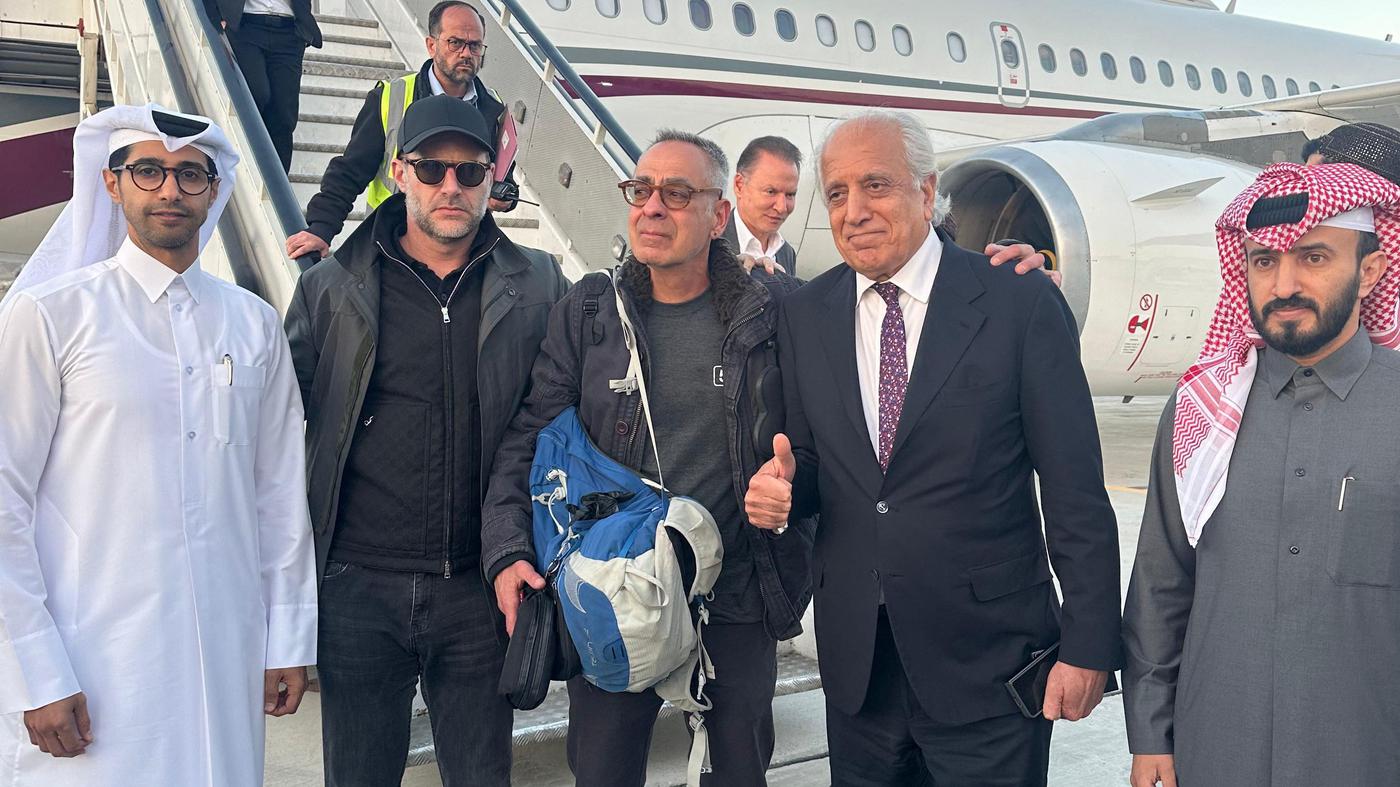Freed US Citizen: Taliban's Gesture of Goodwill? Analyzing the Implications
The recent release of a US citizen held captive by the Taliban has sparked a wave of international discussion. While hailed by some as a gesture of goodwill, others remain skeptical, questioning the motivations behind the unexpected release and its potential implications for future negotiations and regional stability. This article delves into the intricacies of this situation, examining the context, potential motivations, and long-term consequences.
The Release: A Sudden Turn of Events
The unexpected release of [Name of US Citizen], who had been held captive for [duration] in Afghanistan, has undeniably caught the world by surprise. The Taliban, in a brief statement, cited [reason given by the Taliban for release, if available], although the exact circumstances surrounding the release remain somewhat unclear. This event follows [mention any recent significant events or negotiations that might be relevant]. The timing, coupled with the lack of transparency, has fueled speculation and diverse interpretations.
Key Questions Surrounding the Release
- What were the Taliban's motivations? Was this a genuine act of goodwill aimed at improving international relations? Or was it a strategic move designed to achieve other objectives, such as securing the release of Taliban prisoners or garnering international recognition?
- What role did intermediaries play? Did any countries or organizations facilitate the negotiations leading to the release? Understanding these intermediaries is crucial for analyzing the power dynamics at play.
- What does this mean for future US-Taliban relations? Will this event pave the way for renewed dialogue and potential cooperation on issues of mutual concern? Or will it be a one-off event with limited long-term impact?
- What are the implications for regional stability? Could this release embolden other groups to take hostages, potentially destabilizing the region further?
Analyzing the Taliban's Potential Motivations
Several factors could be at play in the Taliban's decision to release the US citizen. These include:
- Improving their international image: The Taliban are seeking international legitimacy and recognition. Releasing a high-profile hostage could be seen as a positive step towards achieving this goal.
- Strategic bargaining chip: The release could be a calculated move to leverage future negotiations with the US or other international actors.
- Internal pressures: The Taliban may have faced internal pressure to resolve the situation, perhaps due to concerns about the captive's health or the potential negative impact on their domestic standing.
- Response to external pressure: The Taliban might have responded to diplomatic pressure from other countries involved in negotiations.
Long-Term Implications and Future Outlook
The long-term consequences of this release remain uncertain. While it offers a glimmer of hope for future engagement, it's crucial to approach it cautiously. The lack of transparency and the broader geopolitical context require a careful assessment of the situation. Further developments and official statements from involved parties will be essential for gaining a clearer understanding. The international community should continue to monitor the situation closely and prioritize the safety and security of all citizens in Afghanistan.
Conclusion: A Cautiously Optimistic Perspective
The release of the US citizen is a complex event with multiple interpretations. While it may be viewed as a positive development, it's crucial to remain vigilant and critically examine the underlying motivations and potential long-term consequences. Continued diplomatic efforts and a commitment to fostering peace and stability in Afghanistan remain paramount. The situation warrants close observation and analysis as it continues to unfold.
Keywords: Taliban, US citizen, Afghanistan, hostage release, goodwill gesture, international relations, geopolitical implications, regional stability, negotiations, diplomacy.
